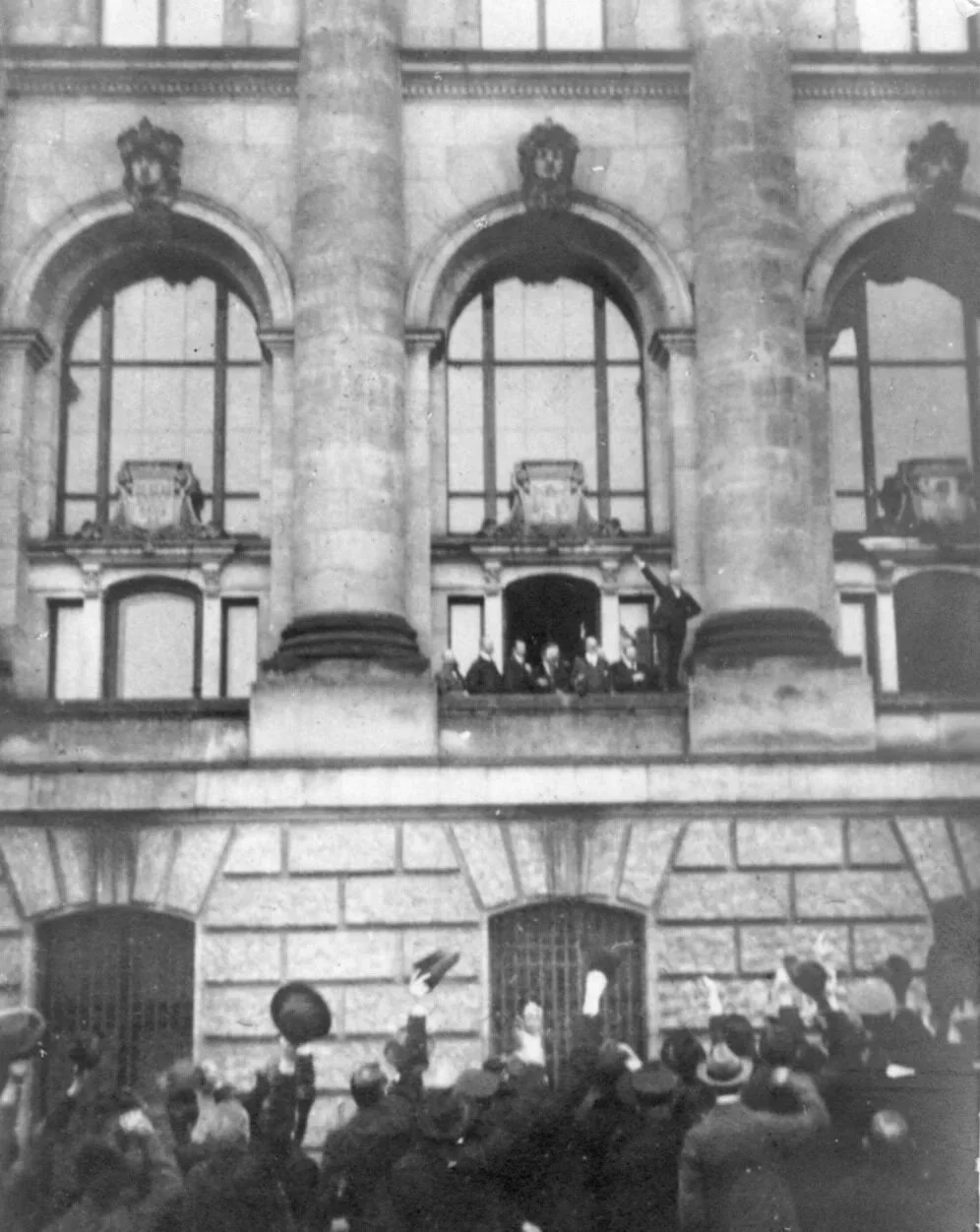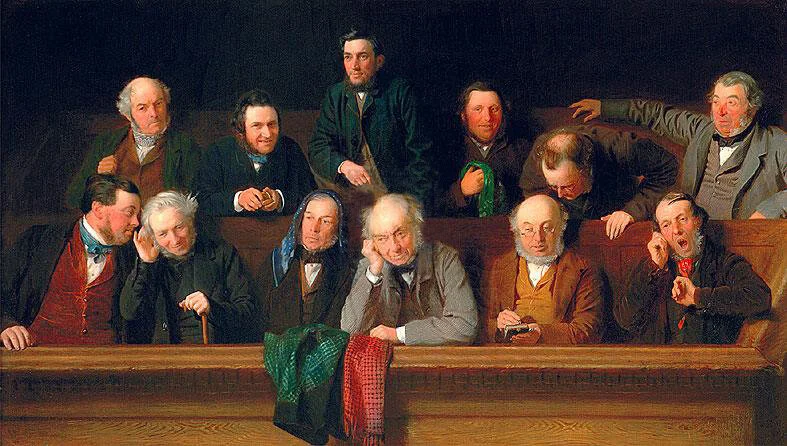The Spanish Dollar: The Original Bit Coin
At $28 trillion in debt, the USA are broke and the paper money is becoming worthless, as the popularity with bitcoin and all cryptocurrencies indicates. The US dollar, though it seems to be on its last legs, has a history that suggests it will survive, just as the Spanish dollar (the original bitcoin) survived the end of Spanish dominance. The sun never set on the Spanish Empire’s dollar.
Portugal and Spain were the first European colonial empires. Portugal was the first country to sail around Africa in 1488 when Bartolomeu Dias discovered the Cape of Good Hope and then Vasco de Gama sailed to India in 1497. They set up trading outposts and colonies in Eastern South America (Brazil), Africa, the Indian Ocean, and Japan. After Columbus discovering the New World in 1492, Spain extensively colonized the Caribbean, Western South America, and the Philippines. Portuguese explorer Ferdinand Magellan led a Spanish expedition to be the first to circumnavigate the globe (1519-1522). The Hispanic peoples were so dominant that Pope Julius III split the world between Portugal and Spain in the 1494 Treaty of Tordesillas. The two countries were united under the (Spanish led) Iberian Union from 1580-1640.
Iberian dominance in world exploration, trade, and conquest led to the Spanish dollar being the basis for most world commerce, including in the British colonies as they gained their independence from Britain. The Spanish dollar was the original, physical bitcoin, as it could be divided into 1/8 and was commonly referred to as pieces of 8 or bits of 8 (reales de a ocho). It was made of ~24g of silver.
The word “dollar” comes from “thaler.” A thaler was a coin minted in the Holy Roman Empire when Charles V was Holy Roman Emperor and the King of Spain while Spain was conquering the world.
Per Britannica,[1]
“The word itself is a modified form of the Germanic word thaler, a shortened form of Joachimst(h)aler, the name of a silver coin first struck in 1519 under the direction of the count of Schlick, who had appropriated a rich silver mine discovered in St. Joachimsthal (Joachim’s dale), Bohemia.”
In 1784, Thomas Jefferson supported basing the US dollar on the Spanish dollar. In his “Notes on Coinage,” he wrote,[2]
“Notes on the establishment of a Money Unit, and of a Coinage for the United States.
In fixing the Unit of money, these circumstances are of principal importance.
I. That it be of convenient size to be applied as a measure to the common money transactions of life.
II. That it’s parts and multiples be in an easy proportion to each other, so as to facilitate the money arithmetic.
III. That the Unit and it’s parts, or divisions be so nearly of the value of some of the known coins as that they may be of easy adoption for the people.
The Spanish Dollar seems to fulfil all these conditions.”
Continuing, Jefferson wrote,
“The Unit or Dollar is a known coin, and the most familiar of all to the minds of the people. It is already adopted from South to North; has identified our currency, and therefore happily offers itself as an Unit already introduced. Our public debt, our requisitions, and their apportionments have given it actual and long possession of the place of Unit. The course of our commerce too will bring us more of this than of any other foreign coin, and therefore renders it more worthy of attention.”
The public debt about which Jefferson wrote was the paper Continental. The continentals were bills to be paid in Spanish dollars by the taxpayers of the Continental Congress and of the several States. Jefferson was writing shortly before Shay’s Rebellion against the taxes (1786-1787). Shay’s Rebellion started because Massachusetts was taxing people’s whiskey in silver and gold to pay off their share of the paper continentals at face value, and other war debts.
Many of those rebelling were veterans of the American Revolution and were paid for their service in continentals. As the Continental Congress printed more continentals than they could really hope to pay off in taxes, prices rose and the continentals lost face value. Soldiers sold continentals to speculators at pennies on the dollar; and, then they were required to pay a tax on whiskey to pay them off at face value to the same speculators after the war. Add in that many people were losing their properties to debt collectors, and one has a recipe for rebellion.[3]
Shay’s Rebellion served as a call to reform the Articles of Confederation. The result was the Constitution (Constitution Convention in 1787, ratified 1788-1791). As a result of the Whiskey Rebellion (1791-1794) against the Federal government for repeating the policies that led to Shay’s Rebellion, the continentals were never paid off.
The Second Congress of the United States under the Constitution passed the Coinage Act of 1792. The law defines the dollar as containing 24.05 grams of silver (1 grain = .06479 grams), based on the current Spanish dollar, with 15 grams of silver equaling 1 gram of gold. The law states,[4]
“SEC. 9. And be it further enacted, That there shall be from time to time struck and coined at the said mint, coins of gold, silver, and copper, of the following denominations, values and descriptions, viz. Eagles—each to be of the value of ten dollars or units, and to contain two hundred fort-seven grains and four eighths of a grain of pure, or two hundred and seventy grains of standard gold…
Dollars or the same is now current, and to contain three hundred and seventy-one grains and four sixteenth parts of a grain of pure, or four hundred and sixteen grains of standard silver…
[…]
SEC. 11. And be it further enacted, That the proportional value of gold to silver in all coins which shall by law be current as money within the United States, shall be as fifteen to one, according to quantity in weight, of pure gold or pure silver; that is to say, every fifteen pounds weight of pure silver shall be of equal value in all payments, with one pound weight of pure gold, and so in proportion as to any greater or less quantities of the respective medals.”
The US dollar sign even originates with the Spanish dollar. The Spanish dollar has the world globe or the Spanish coat of arms between two pillars (the Pillars of Hercules), with a sash draped around them, on which the Latin phrase “PLVS VLTRA,” is written, meaning, “further beyond.” The Pillars of Hercules were the two rock formations on the Western most edge of the Mediterranean Sea where Spain and Africa nearly touch. Until the year 1492, naval technology was not advanced enough to safely naviagate beyond them, so legend has it that the pillars had the phrase, “NON PLVS VLTRA,” written on them, meaning “Nothing further beyond.”
The Spanish dollar was legally used as money in the USA until 1857. In 1964, the US stopped minting silver coins for daily use (dimes, quarters, half dollars, and dollars). In 1971, the USA abandoned the gold standard too.[5][6]
Today, the US dollar in use (Federal Reserve Note) is just piece of paper like the continental currency. The paper dollar cannot be exchanged for modern silver or gold dollars.[7]
However, just as the Spanish dollar existed along side the continental, the US started minting modern silver dollars in 1986. The silver dollar is now 31.103 grams of .999 silver (31.071897g silver and .031103g copper).[8]
While not used in daily transactions because the silver is worth 30x the $1 face value (in Federal Reserve Notes), the US silver dollar is still one of the most widely traded silver coins (along with the Canadian silver dollar) and most modern silver coins use it as a reference.
Just as the USA adopted silver Spanish dollars because they were bankrupt and printed so much paper money that the phrase, “Not worth a continental,” became popular, so too will the USA re-adopt the silver dollar. Bitcoin will survive, but only the one that is based off of the bits of 8 (reales de a ocho).[9]
The Sun has not set on the Spanish Empire’s dollar.
[1]https://www.britannica.com/money/dollar
[2]https://founders.archives.gov/documents/Jefferson/01-07-02-0151-0005
[3]https://www.hamiltonmobley.com/blog/not-worth-a-continental
[4]https://www.usmint.gov/learn/history/historical-documents/coinage-act-of-april-2-1792
[5]https://coins.nd.edu/ColCoin/ColCoinIntros/Sp-Silver.intro.html “Spanish dollars were made legal tender in the United States by an Act of February 9, 1793, and were not demonetized until February 21, 1857. Testaments to the importance of these coins continue in that ‘two bits,’ ‘pieces of eight’ and ‘picayune’ have become part of the American vocabulary. Also, it is interesting to observe that when the New York Stock Exchange opened in 1792 rates were reported in terms of New York shillings which were valued at eight to the Spanish milled dollar, hence changes were reported in eighths.”
[6]https://www.hamiltonmobley.com/blog/keynesianism
[7]https://www.hamiltonmobley.com/blog/r9tu385c22azkxuycdia7o3kludljh
[8]https://www.govinfo.gov/content/pkg/STATUTE-99/pdf/STATUTE-99-Pg113.pdf











